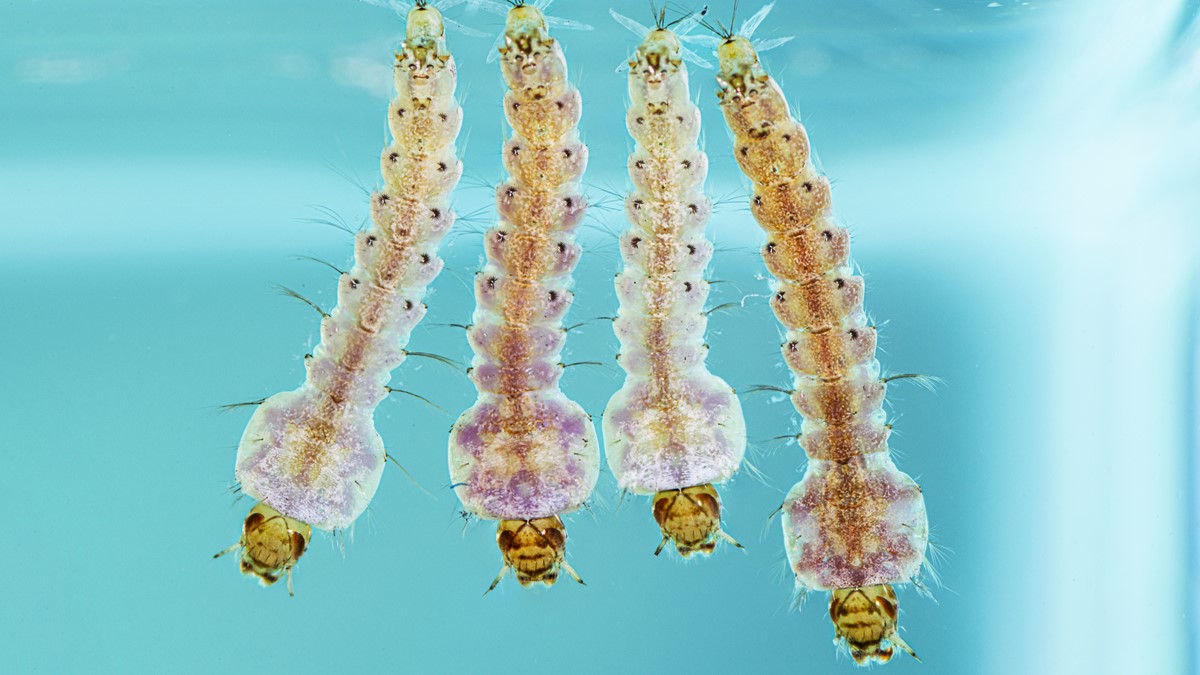Habitat Characteristics of Anopheles sp. Larvae as Malaria Vectors in Mata Air Village, Kupang Tengah District
DOI:
https://doi.org/10.31965/jtdhs.v4i2.2036Keywords:
Characteristics, Habitat, Anopheles sp. LarvaeAbstract
Malaria is caused by plasmodium transmitted through the bite of an infected female Anopheles. Indonesia, especially NTT Province, is endemic to malaria. Mata Air Village is located in the Tarus Health Center area of Kupang Regency with a high total of cases in 2017, namely 502 patients. The purpose of this study was to identify the characteristics of the location of Anopheles larvae growth in Mata Air Village. This descriptive study describes the characteristics of the location of Anopheles larvae breeding in Mata Air Village. The variables studied include the type of breeding site, water temperature, water pH, water salinity, and density of larvae. The study sample included all locations that have the potential to be breeding sites for Anopheles larvae. The analysis was carried out descriptively to describe the characteristics of the Aedes growth location. The results showed that the most common habitat was swamps with a percentage of 21.43%, while the least common habitats were puddles, dry coconut residue, and livestock drink containers, each at 7.14%. The habitat types found consisted of permanent at 35.71% and temporary at 64.29%. The highest water temperature was recorded in the rice field habitat with a value of 30°C, while the lowest temperature was found in the remains of dry coconuts with a value of 26°C. The highest pH value in the rice fields reached 8, while the lowest pH value was found in used buckets, leftover dry coconuts, and leftover wheels, each of which was 6. The salinity value in all habitats was detected to be empty. The average density of high Anopheles larvae was found in dirty puddles with a value of around 2.7 per scoop, while no larvae were found in irrigation channels. With the discovery of Anopheles habitat in the swamp, it is recommended to consider fish farming in the swamp area or to fill the swamp, or to drain the swamp water to a lower area, so that it is hoped that there will be no more puddles and Anopheles larvae around the settlement.
Downloads
References
Bustam, Ruslan, & Ernawati, 2012, Karakteristik Tempat Perkembang biakan Larva Anopheles di Desa Bulubete Kecamatan Dolo Selatan Kabupaten Sigi Provinsi Sulawesi Tengah (skripsi). Makasaar : Universitas Hasanuddin.
Boewono, D.T,. 2004 Studi Bioekologi Vektor Malaria Di Kecamatan Srumbung Kabupaten Magelang Jawa Tengah . Simposium Nasional Hasil-Hasil Litbangkes 2004. http://www.litbang.depkes.go.id/djunaedi/data/Damar.pdf,
(diaskses tanggal 30 April 2019).
Depkes RI, 2017, Pedoman Vektor Malaria di Indonesia, Depkes RI, Jakarta.
Dinkes Provinsi NTT, 2015, Profil Kesehatan Provinsi Nusa Tenggara Timur, tahun 2015, Kupang.
Dinkes Kabupaten Kupang, 2016, Profil Dinas Kesehatan Kabupaten Kupang
tahun 2016, Kabupaten Kupang.
Effendi, H, 2003, Telaah Kualitas Air Bagi Pengelolaan Sumber Daya Dan Lingkungan Perairan, Yogyakarta.
Ernamaiyanti, Kasry, Abidin, Z, (2010). Faktor-Faktor Ekologis Habitat Larva Nyamuk Anopheles sp Di Desa Muara Kelantan Kecamatan Sungai Mandau Kabupaten Siak Prpvinsi Riau Tahun 2009. Jurnal Ilmu Lingkungan, 2 (4). Pp.92-102.
Hadi dan R Rahadian, 2009, Biologi Insekta Entomologi, Grana Ilmu, Yogyakarta.
Harijanto, 2002, Epidemiologi Parasitologi, Manesfestasi Klinis dan Penanganan Malaria, EGC, Jakarta.
Indriani, Ishak H & Russeng, tahun 2014, Karakteristik Ekologi Habitat dan Sebaran Kepadatan Larva Anopheles di Kabupaten Kepulauan Selayar (online)Available at: http://pasca.unhas.ac.i/jurnal/files/eF6a24F3coaa61b50cdf.
Kemenkes RI, 2017, Profil Kesehatan Indonesia, Kemenkes RI, Jakarta Indonesia.
Anopheles).
Nurhayati, Ishak & Anwar (2014), Karakteristik Tempat Perkembang biakan Anopheles sp, di Wilayah Puskesmas Bonto Bahari Kabupaten Bulukumba tahun 2014. (online) Available at
:hhtp://repository.unhas.ac.id/bitstream/handle/123456789/10792/%20 HL% 20kllll2612.pdf seguence : accessed, (6, 10/2018).
Nurhemi. Faktor Resiko Tempat Perkembangbiakan Vektor Malaria Terhadap Kejadian Malaria Di Kecamatan Wonomulyo Kabupaten Polewali Mandar Tahun 2011 (Skripsi Makassar) : Kesehatan Masyarakat Universitas Hasanuddin.
Tabati , A, D, 2010, Uji Efektivitas Ikan Mujair (Tilapia Musambica), Ikan Nila (Tilapia nilotika) Dan Ikan Tawes (Puntius java nicus) Sebagai Predator Jentik Anopheles sp, Kupang.
WHO, 2017, World Malaria Report, WHO https://www.int/malaria/publications/word malaria. report. 2017.

Downloads
Published
How to Cite
Issue
Section
License
Copyright (c) 2025 Journal of Tropical Diseases and Health Science

This work is licensed under a Creative Commons Attribution-ShareAlike 4.0 International License.





